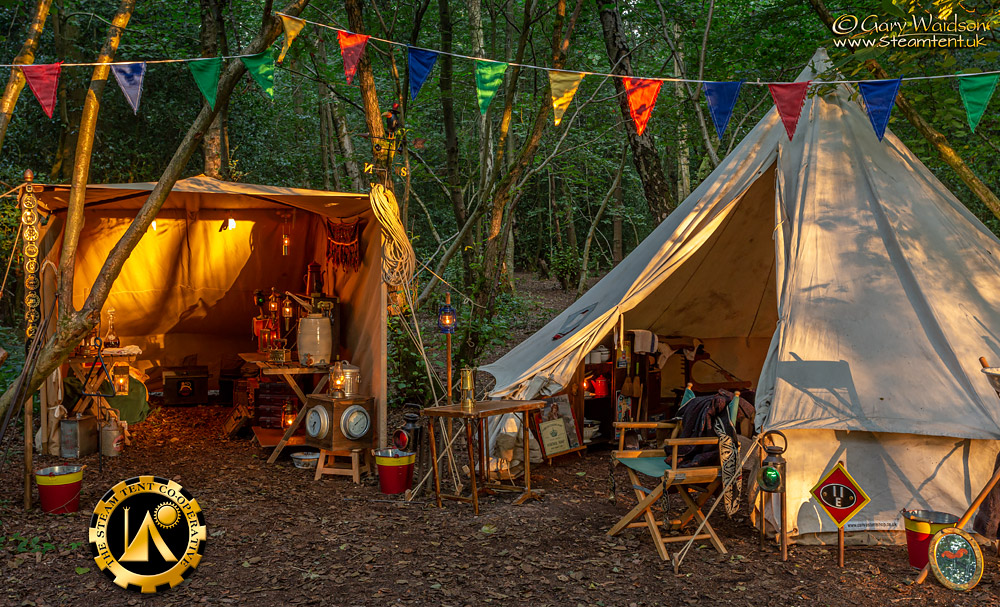
People often ask me what "Steampunk" means and the truth is that it means something different to everyone.
Most people get the "Steam" part of it, referencing the age of steam, but are less certain about the "Punk" part of the word.
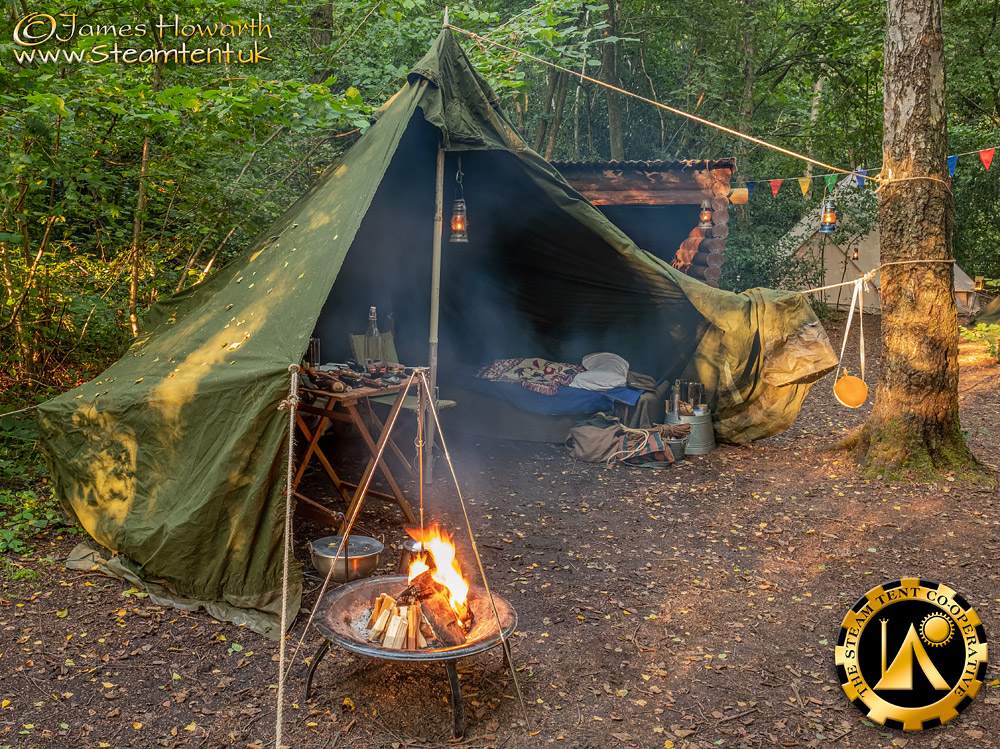
For me, growing up in the punk rock era, the movement was as much about individualism and creativity as it's anti establishment roots.
Rather than going out and buying the commercial junk that inevitably surfaced, the real punks made their own gear and clothing.
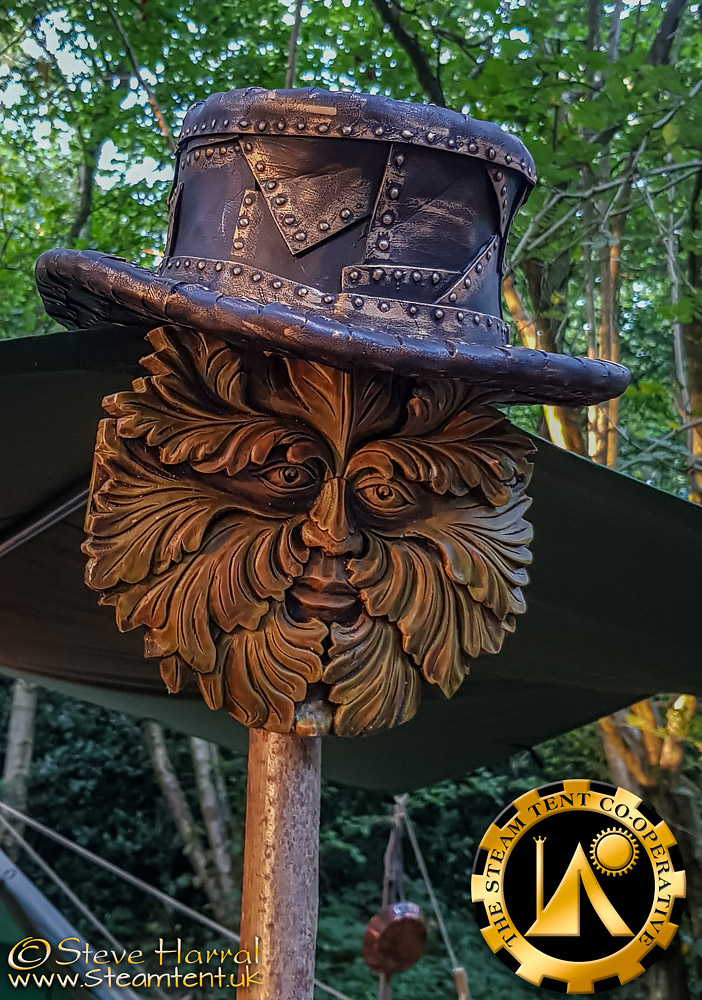
The retro aesthetic of Steampunk has largely been driven by that "do it yourself" attitude and craftwork naturally goes hand in hand with that approach.
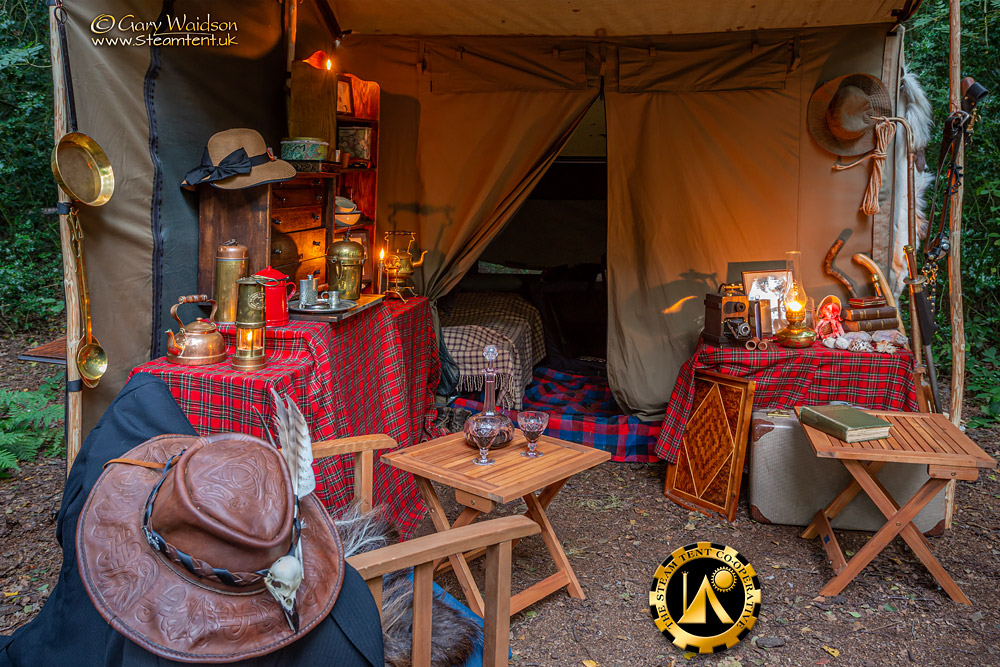
William Morris, one of the founders of the Victorian Arts and Crafts movement, famously said: "Have nothing in your houses that you do not know to be useful or believe to be beautiful” That could equally be a mantra for our encampments.
When the Steam Tent Co-operative was first conceived, I always hoped that craft work would become an important part of camp life.
I had seen it take it's place by the fire in re-enactment, living history, bushcraft and other types of outdoor life so it was important to me that it should be encouraged within the co-operative and with such a wide range of skills held by members we already have the means to do that.
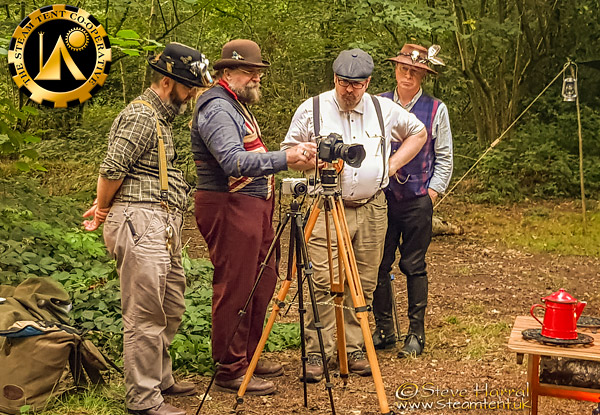
Friday was arrival day for most of us so the usual routines of settlement gave way eventually to gathering around the fire and discussing how we wanted to fit things in. It was also a chance to get to know some of our newer members.
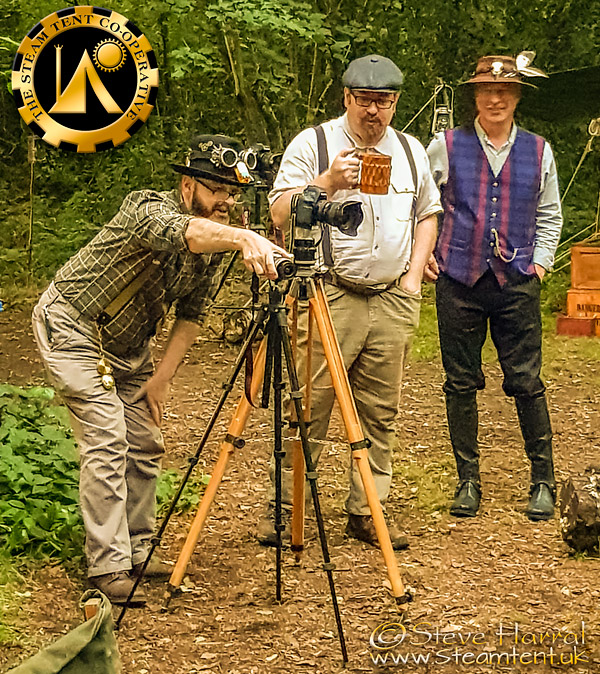
We decided to start with some basic leather working skills proceeding to band weaving and decorative cord making, Kolrosing, textile work and traditional rope work later. There was also a request to get some instruction on photographing the camp in the evenings.
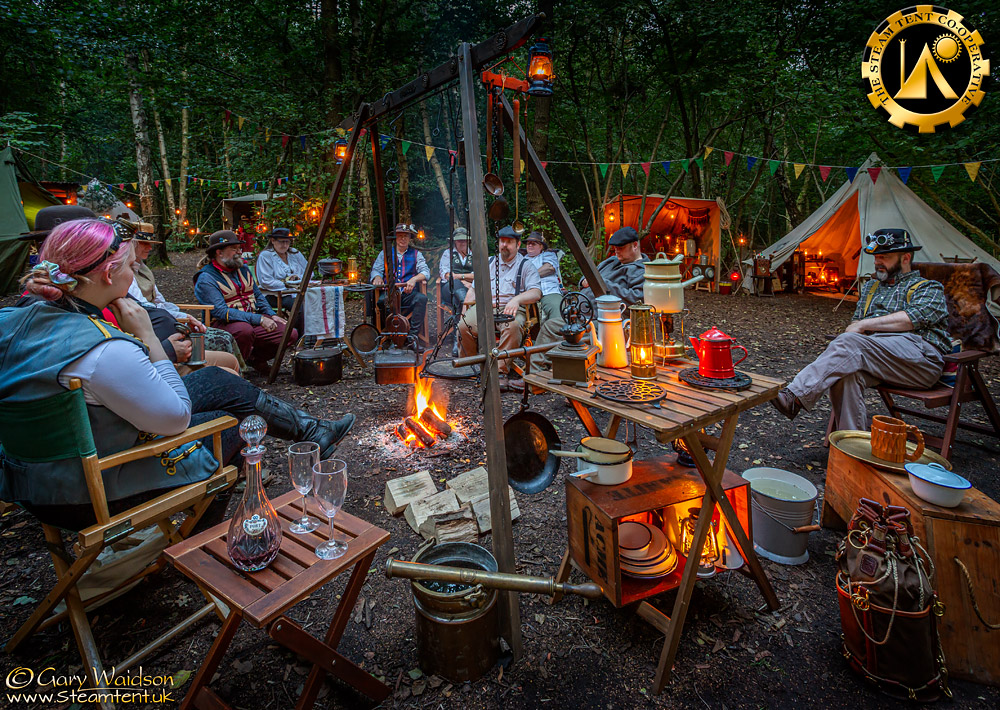
For an introduction to leather working we set out to make a needle case with two nesting tubes.
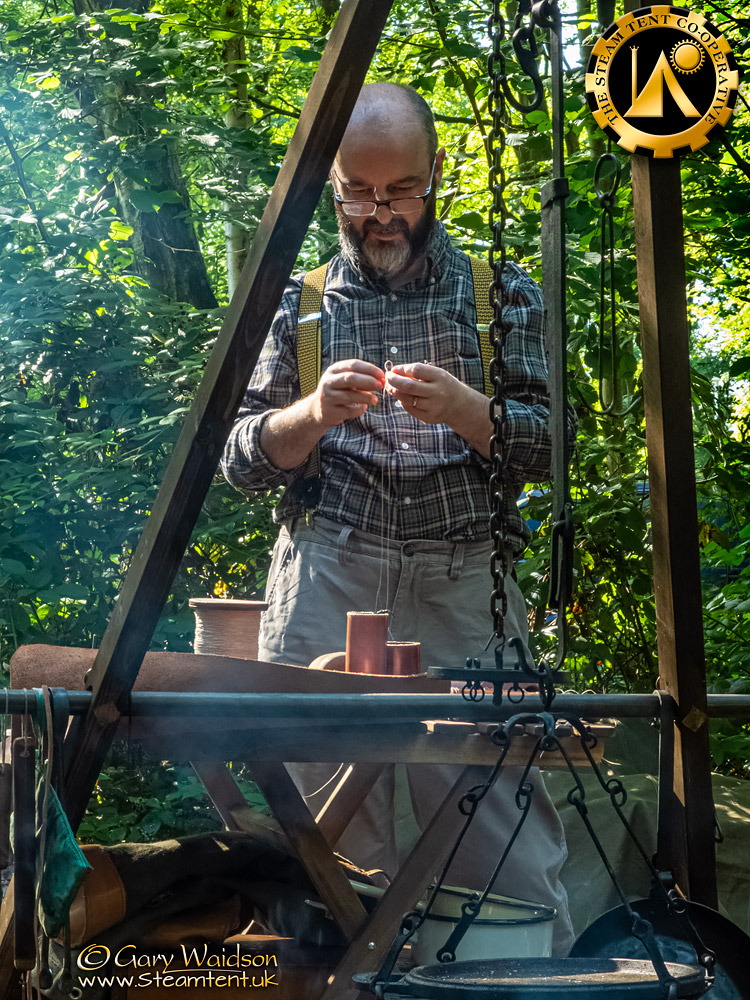
This covered thread preparation, saddle, box and butt stitch, the three most useful stitches needed for constructing a variety of leather cases.
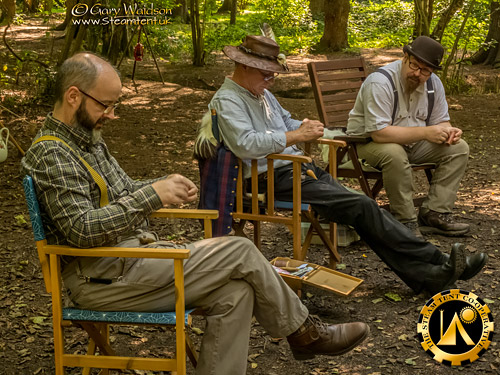
The relaxed, informal atmosphere of a camp is great for learning which is something recognised by the likes of Robert Baden Powell at the turn of the last century and is still just as true today.
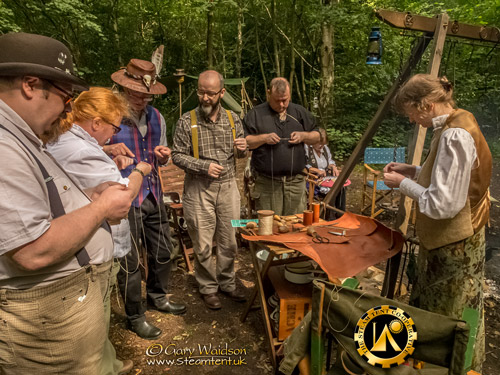
We had a nice mix of new members and seasoned hands at this camp, roughly half and half, but by the end we got on like a bunch of old friends.
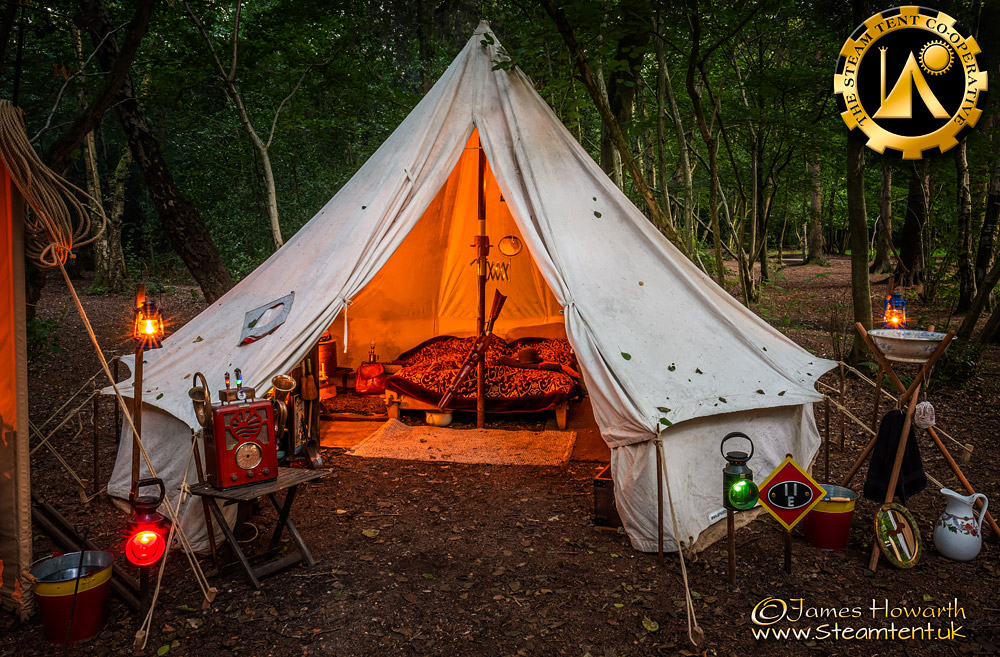
As the light level dwindled, meals were prepared and cooked.
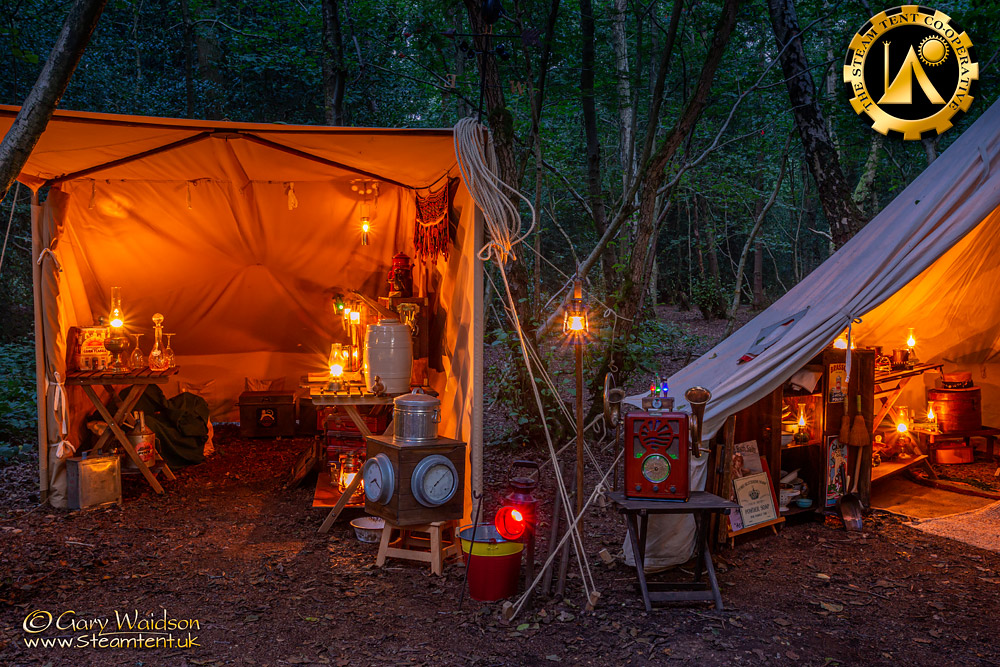
In the evening conversation resumed once more around the camp fire.
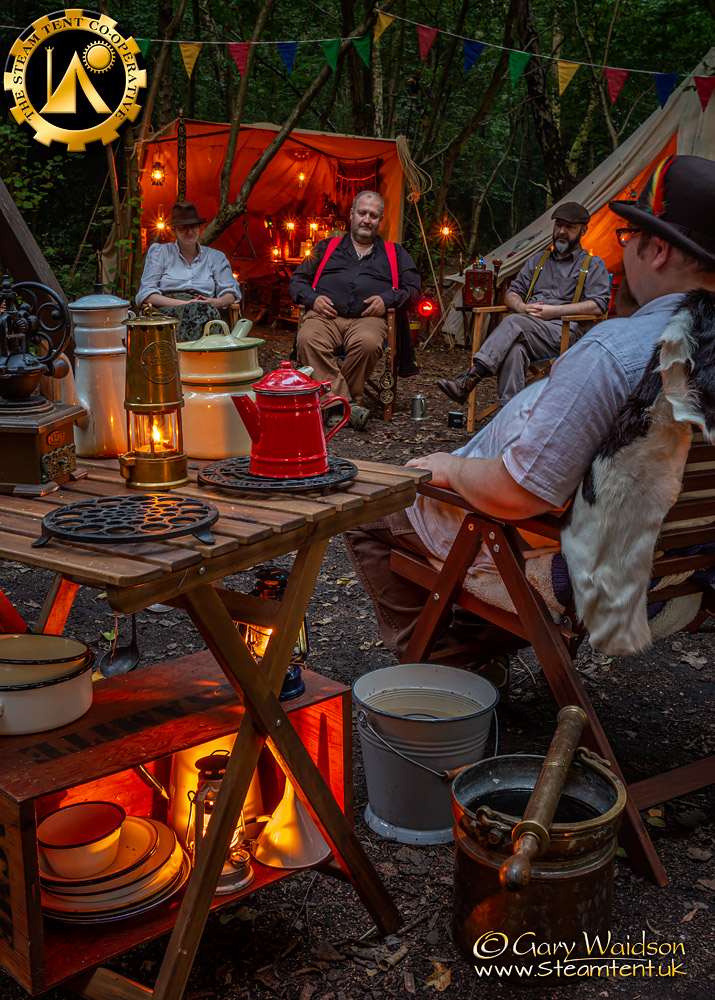
As a co-operative, times like this are good to discuss future plans, suggest improvements and just have a good laugh.
Paul. Will and Lou had set up at the “Half Steam” end of the pitch with tents that fitted into the overall look of the camp but were not yet dressed out for display.
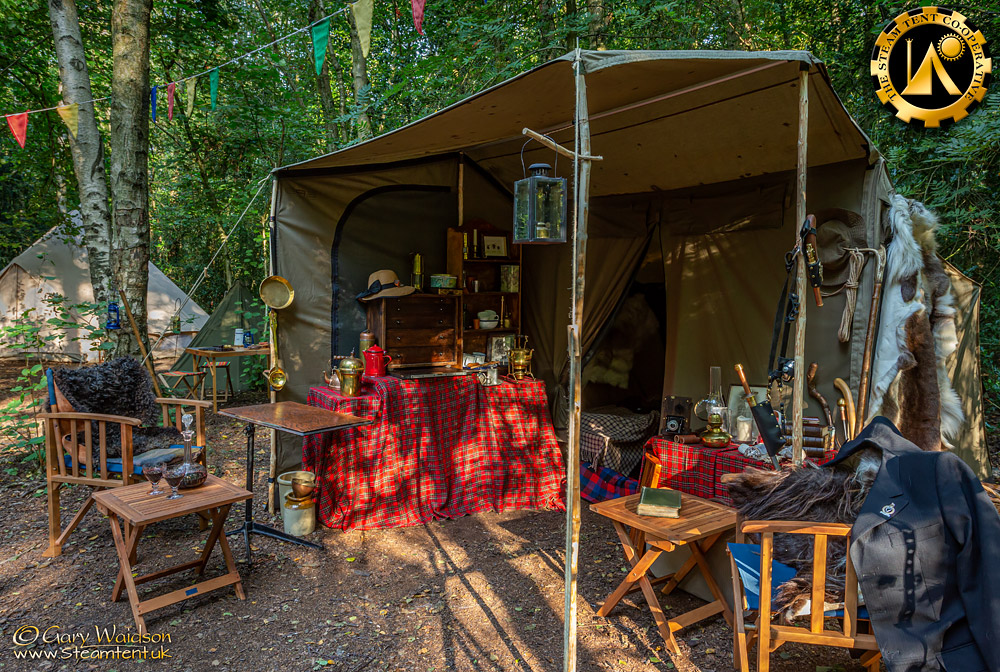
We recognise that people start out at all different levels, some may even arrive with modern camping equipment and just the clothing they stand in.
That is all fine, coming to your first camp is an ideal way to see how we do things and learn the tips and tricks that make these camps possible.
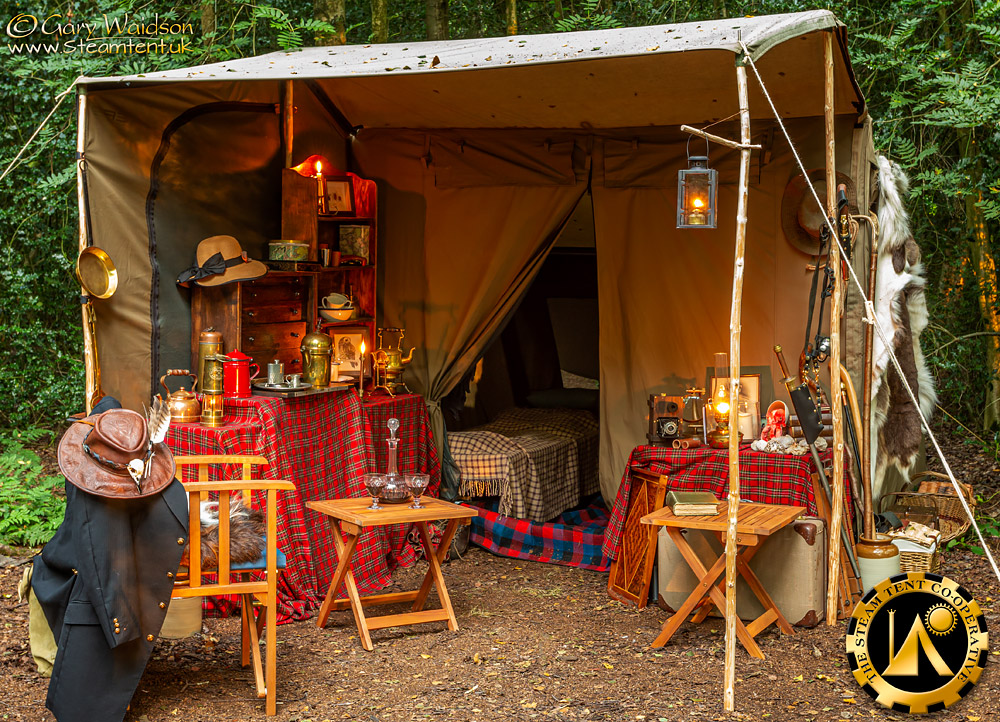
Andy and Sue however turned up for their first meet with an amazing display which we all decided rightly deserved the designation of “Full Steam” and a place in the heart of the camp. An outstanding début.
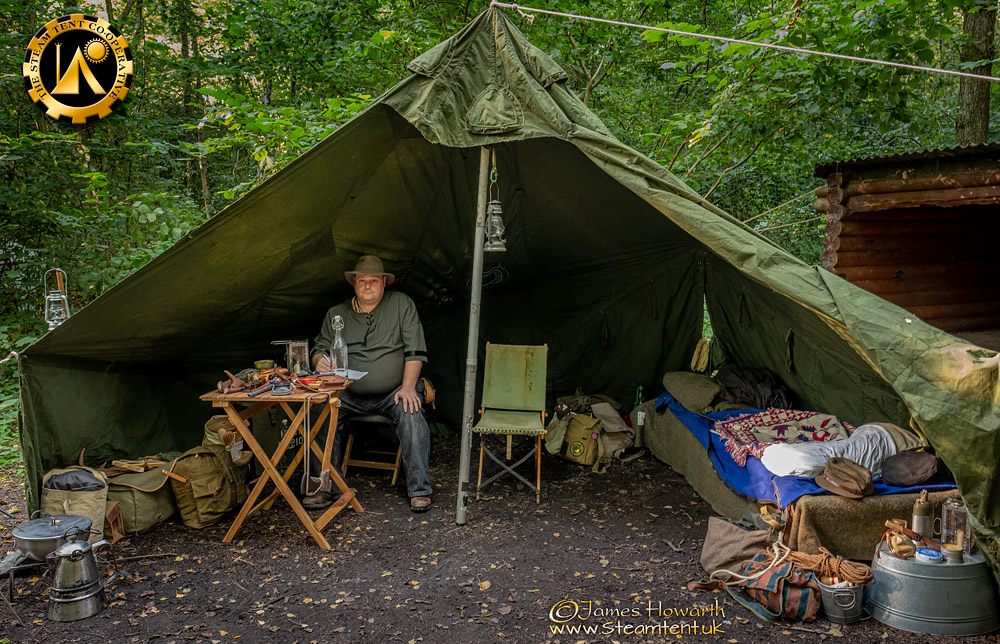
As Sunday turned into one of the hottest August Bank Holiday weekends on record a bit of shade was much appreciated.
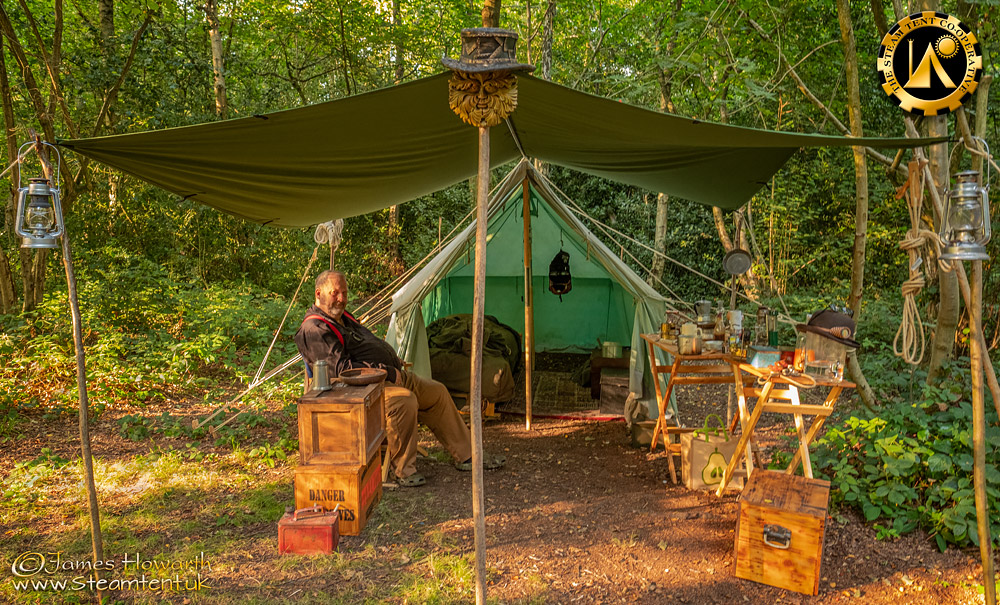
Last edited:

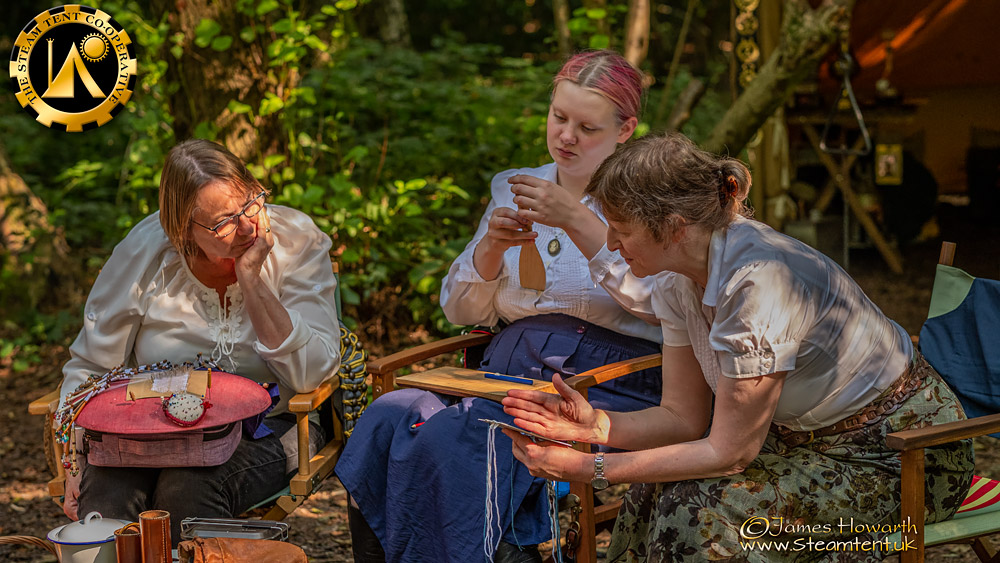
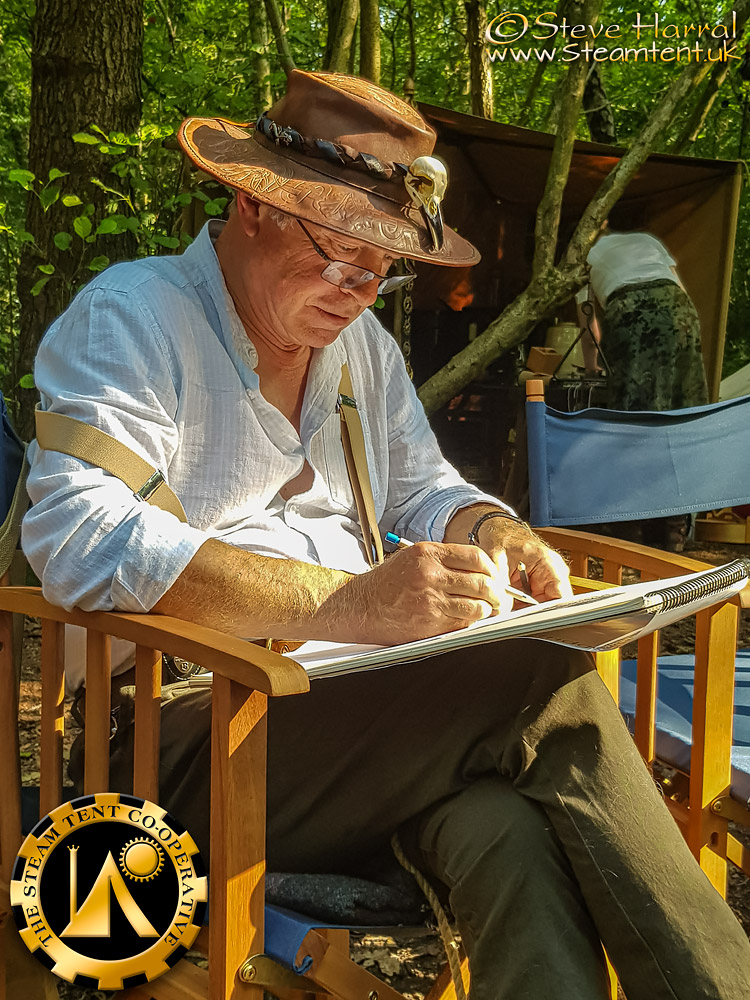
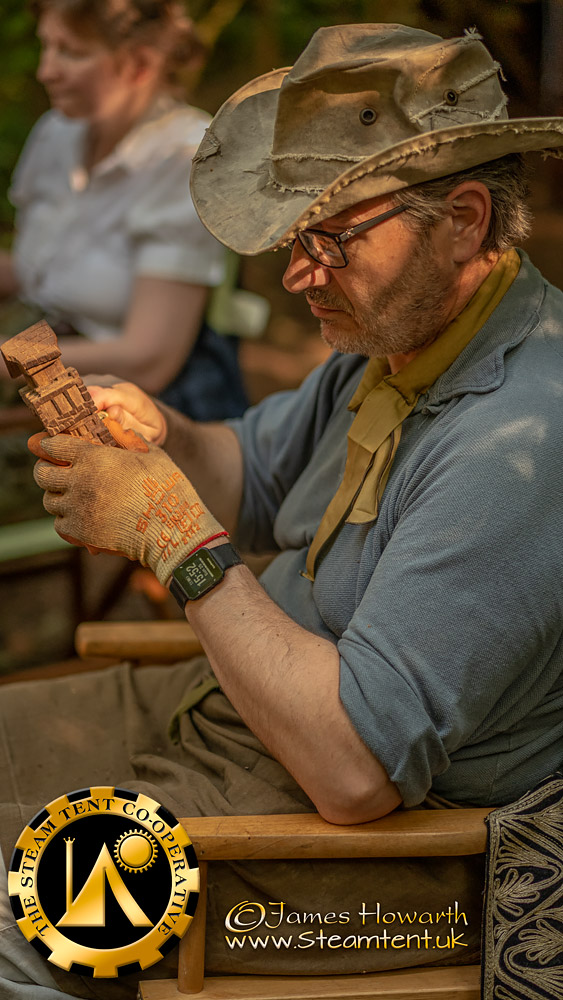
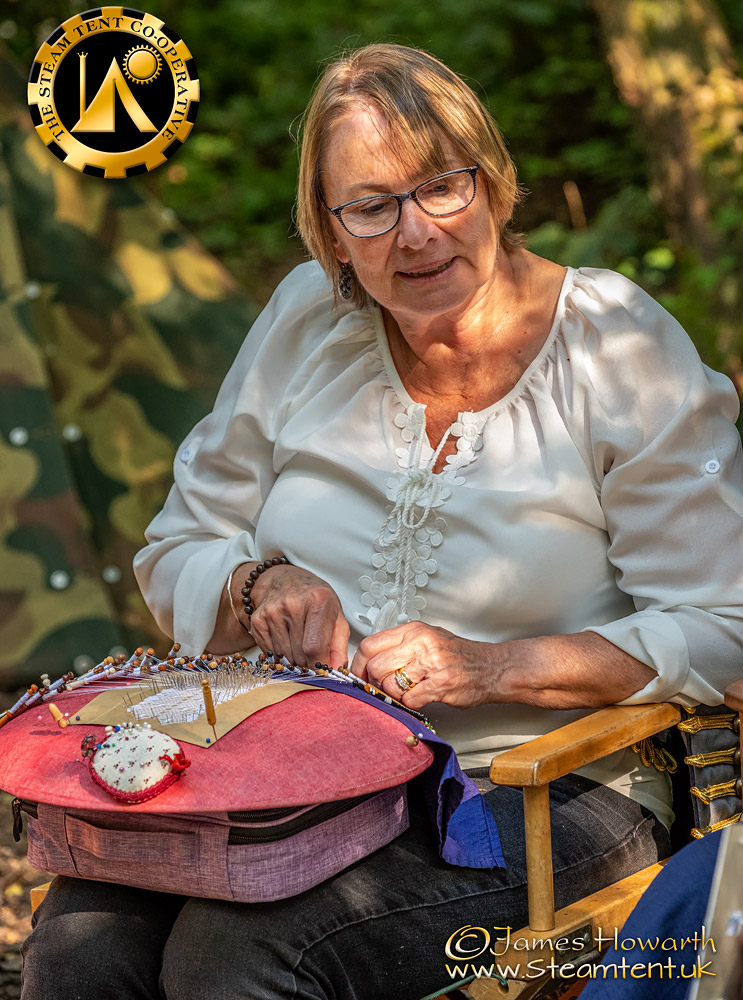
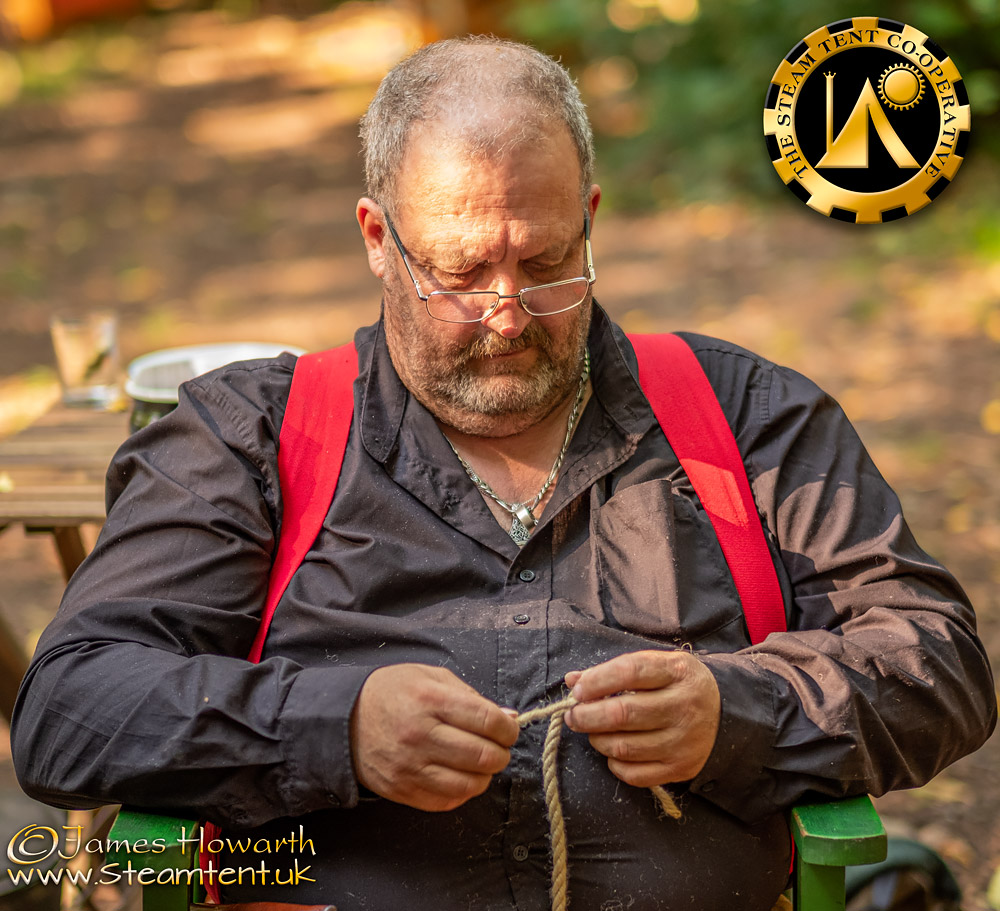
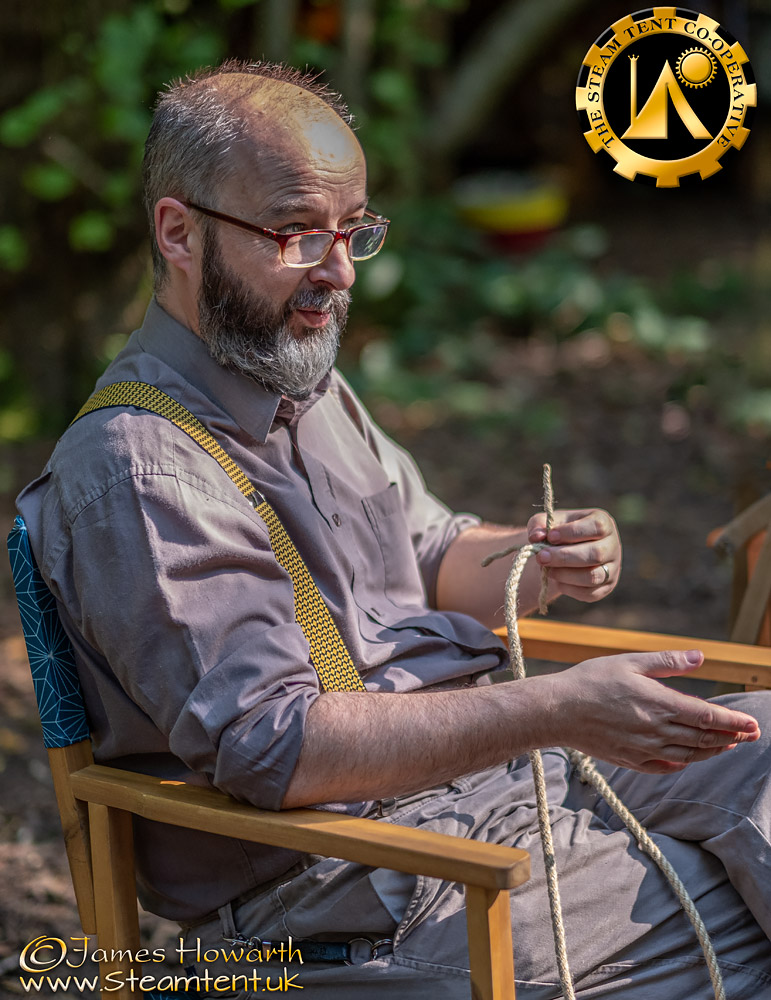
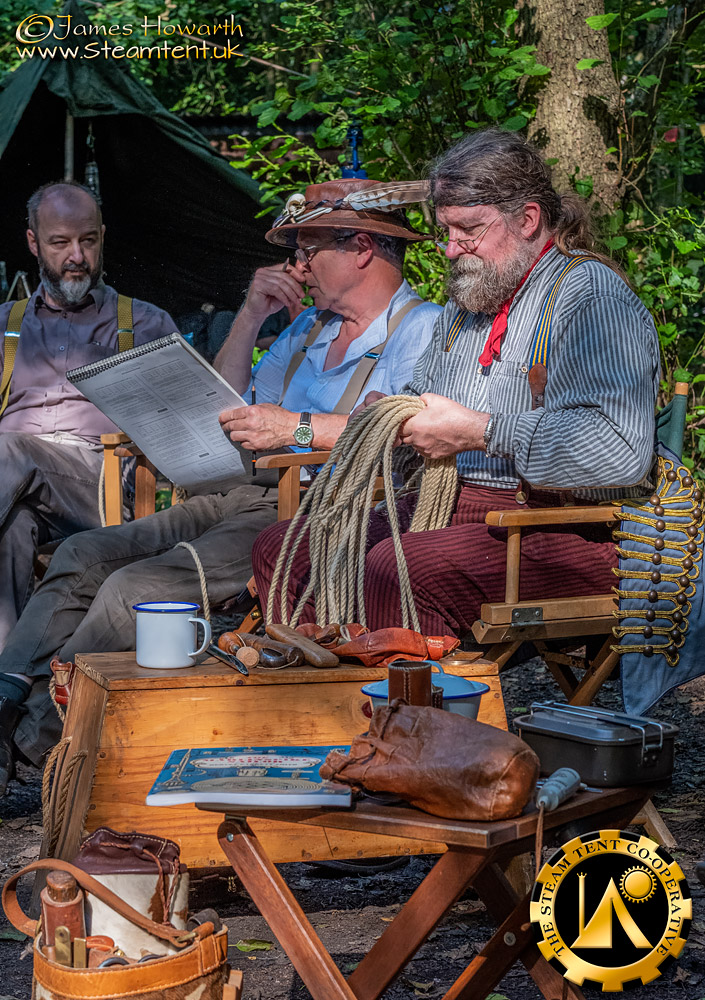
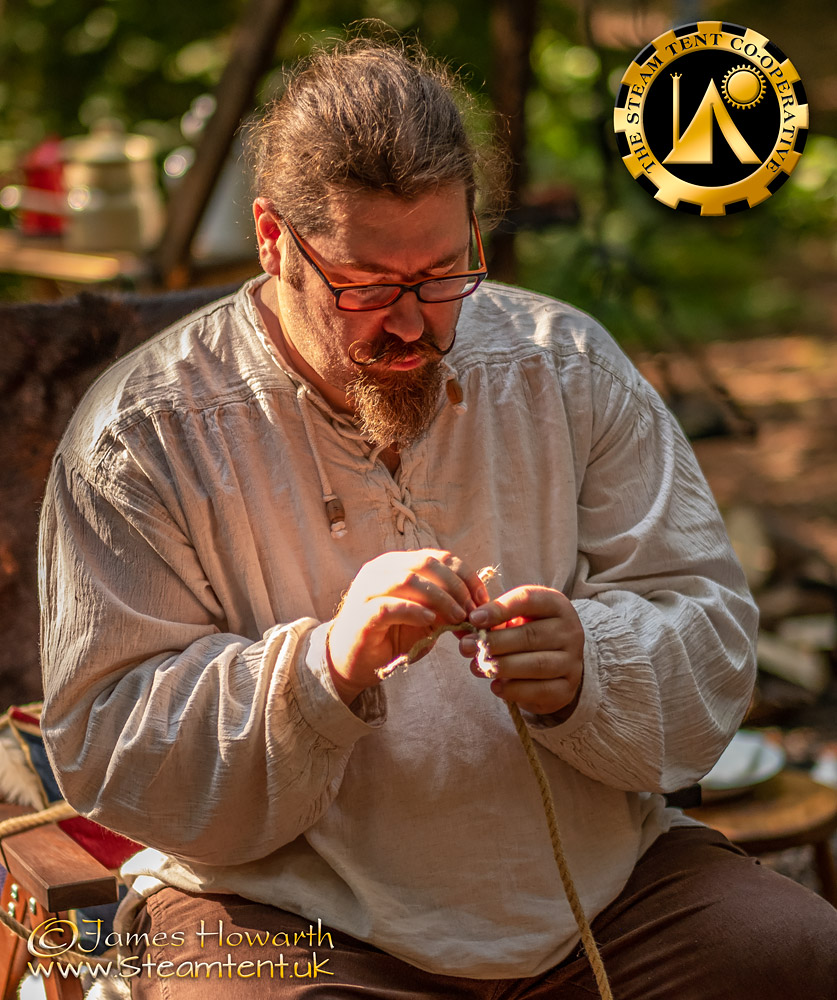
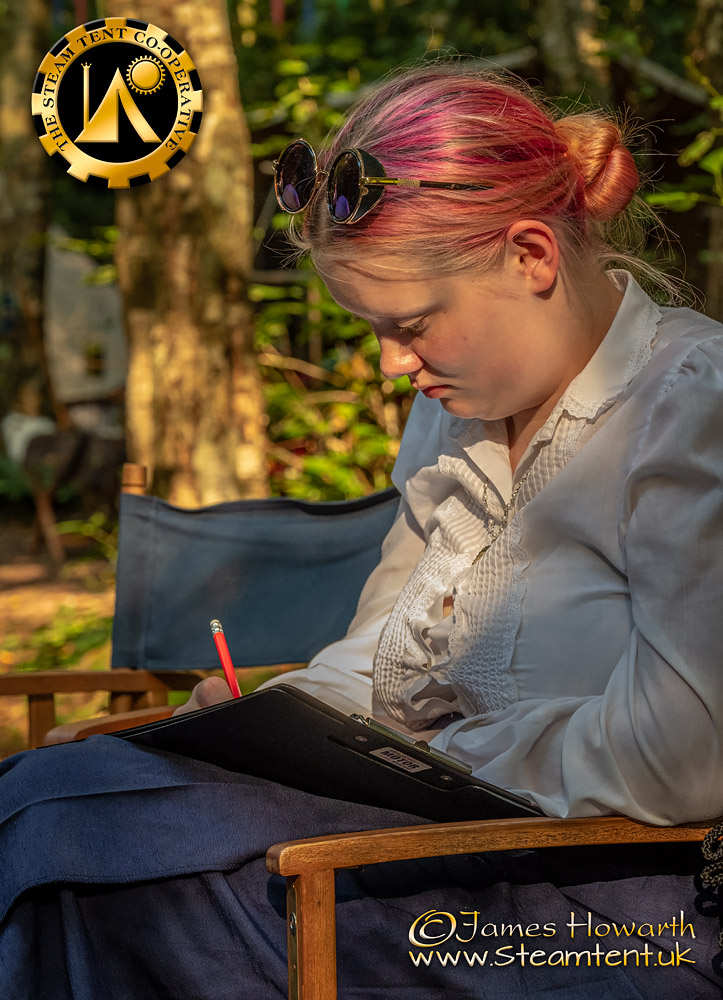
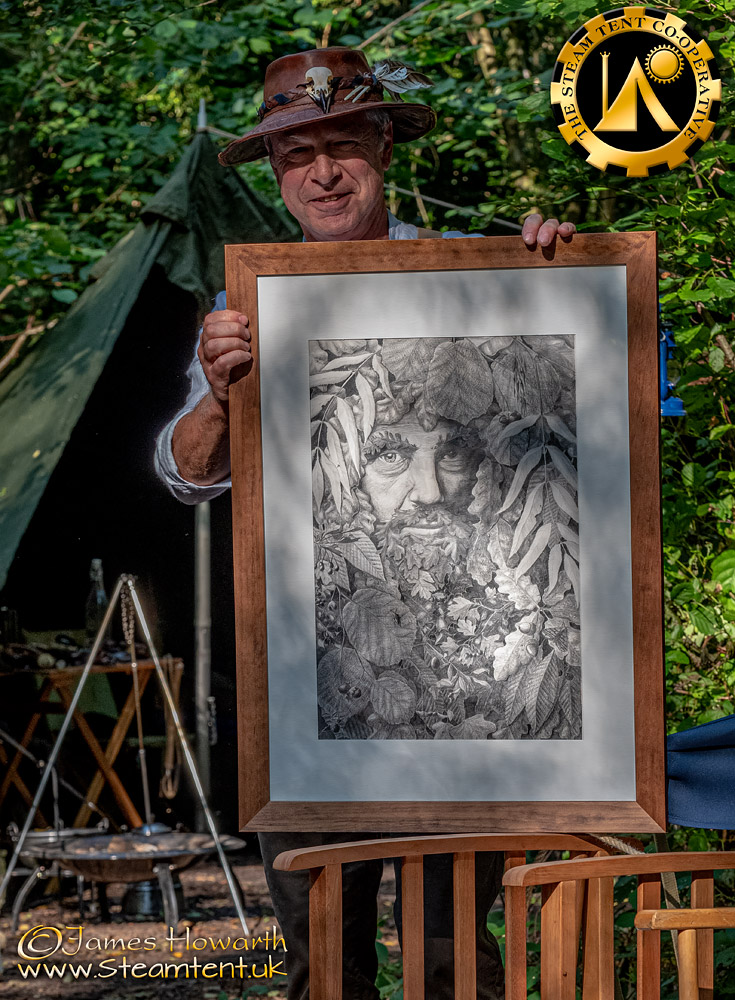
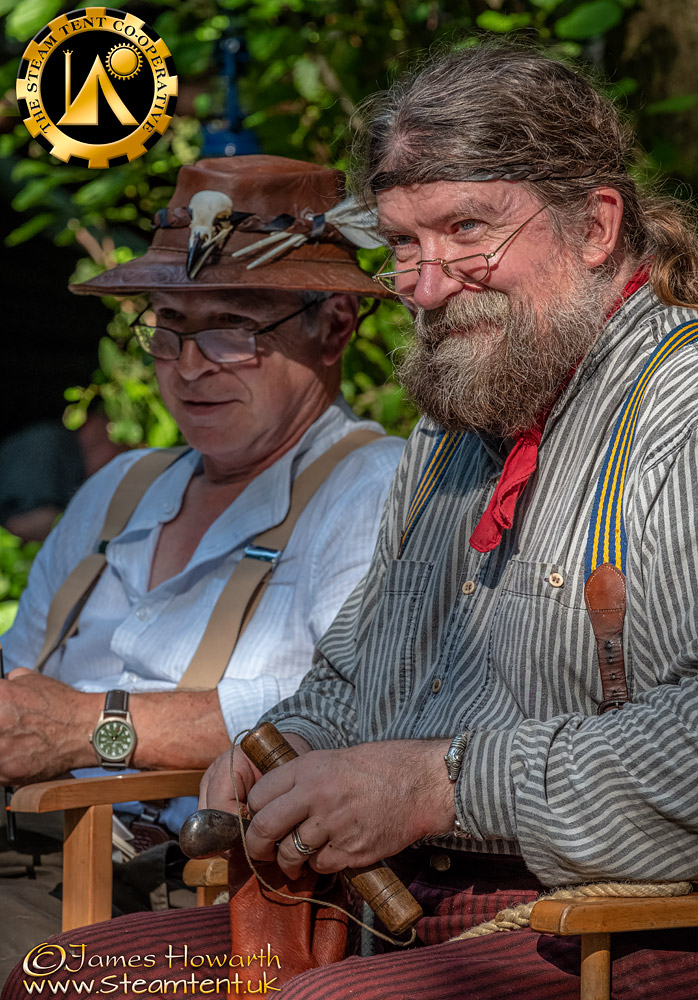
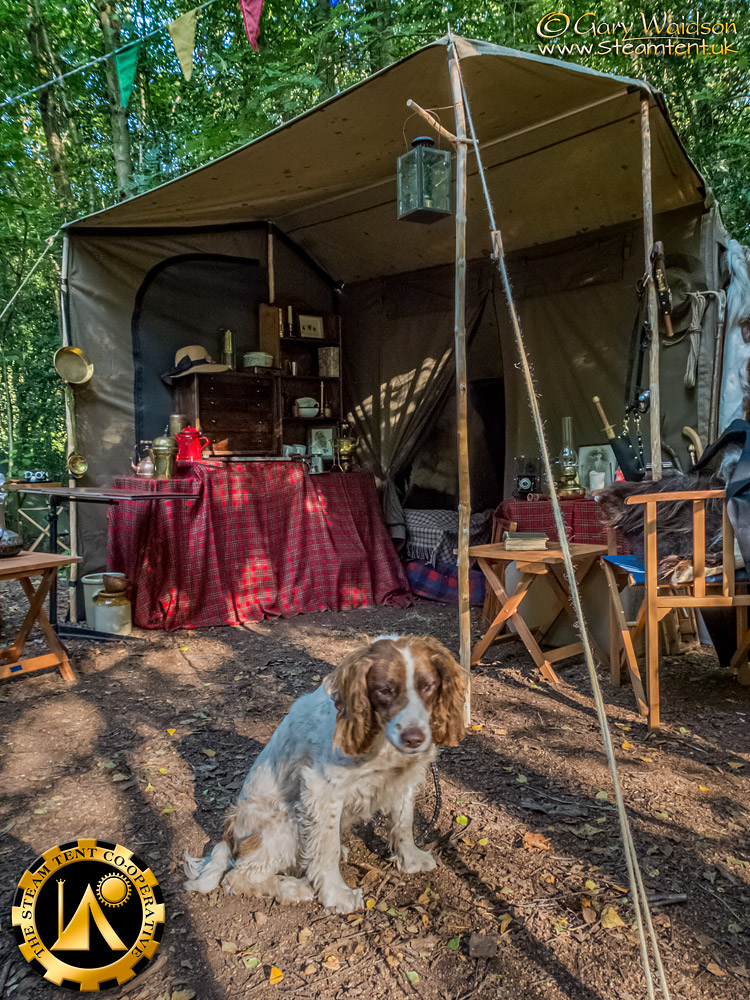
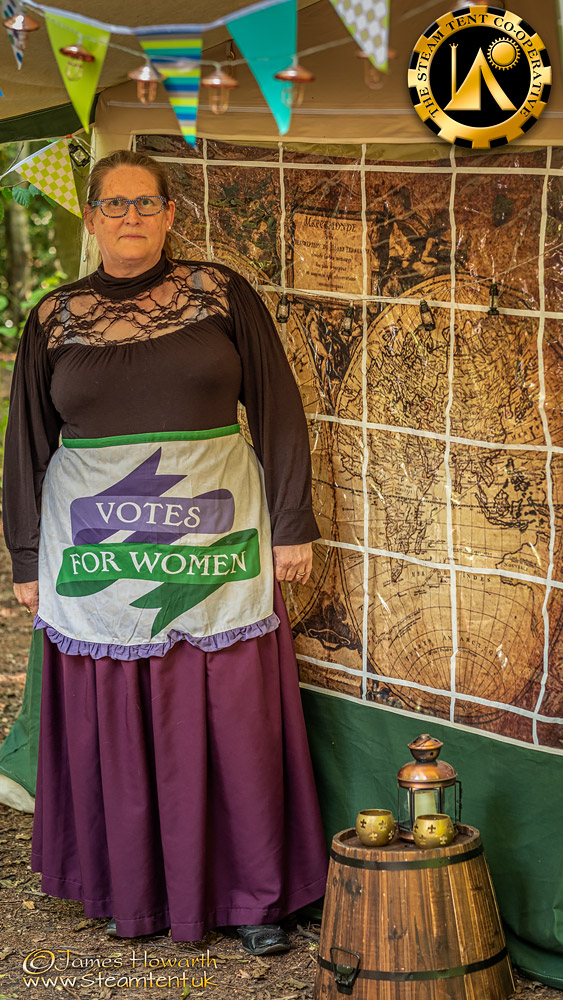
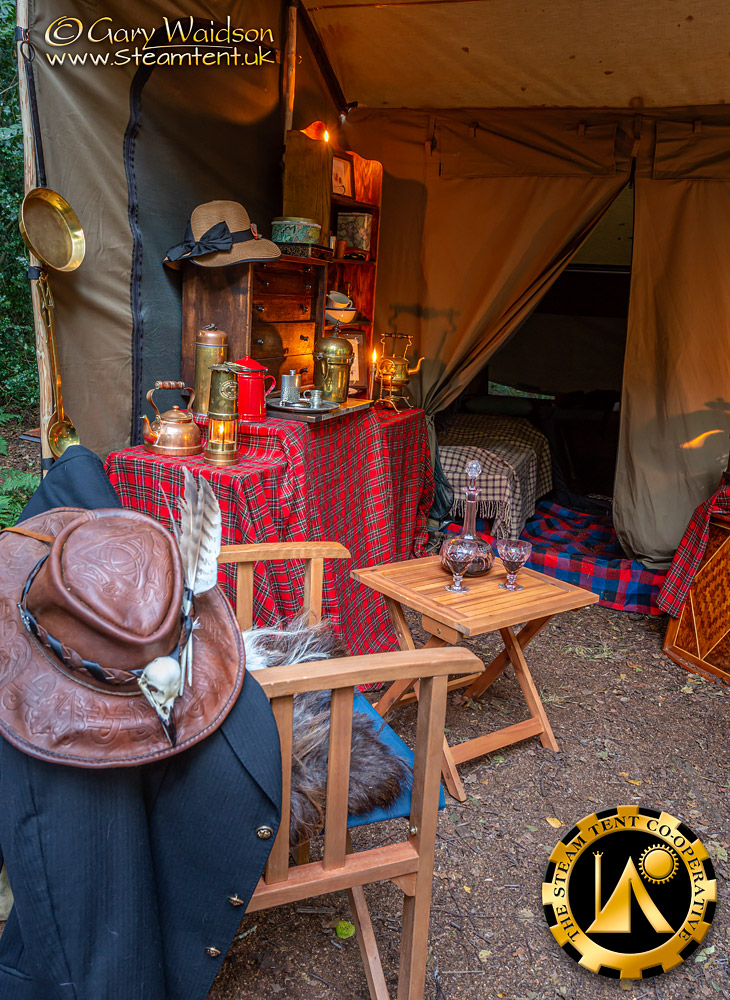
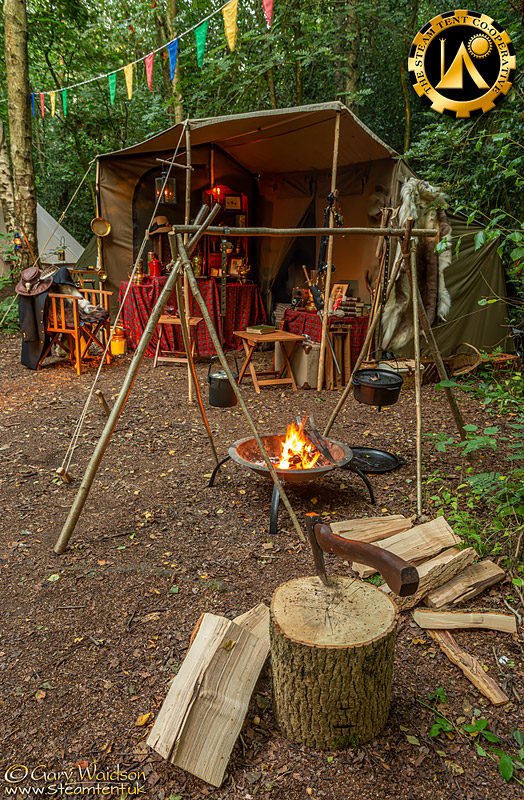
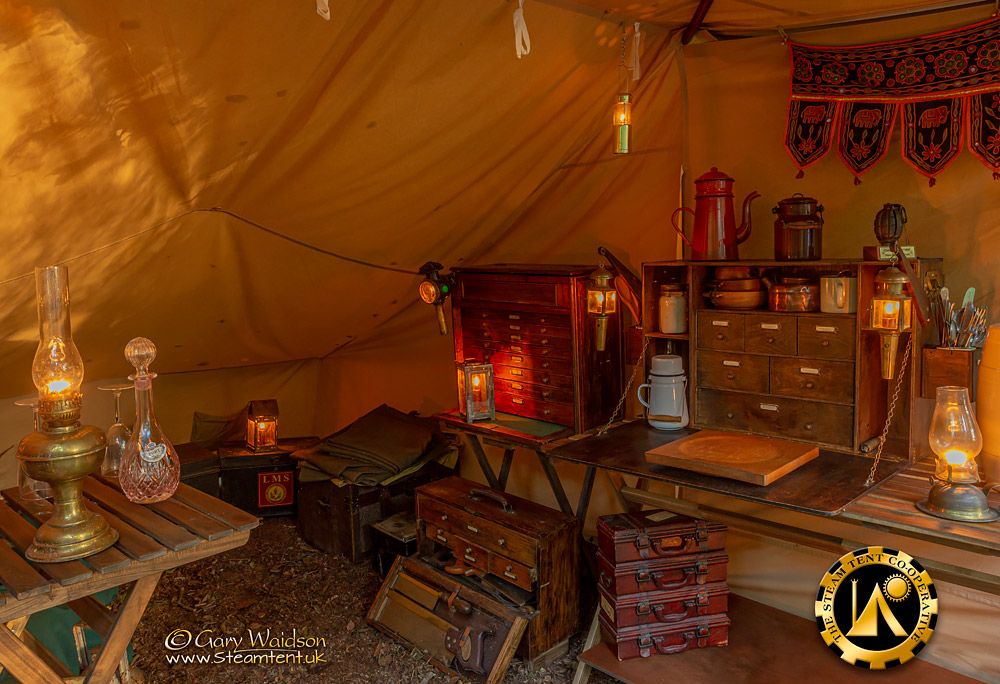
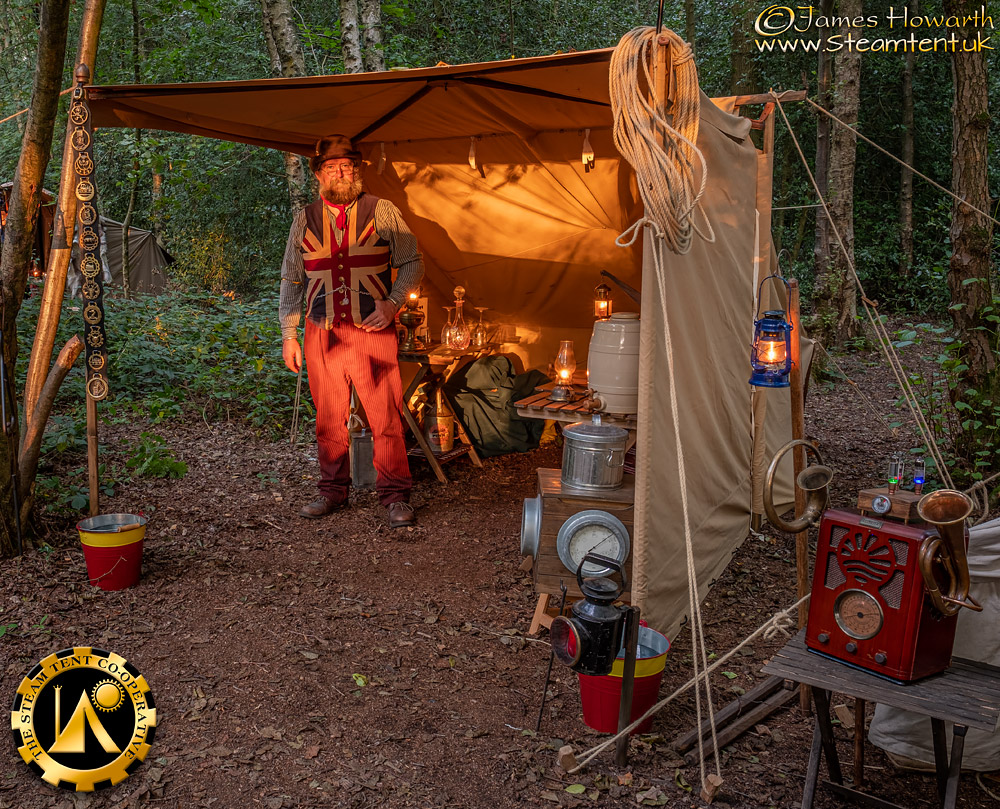
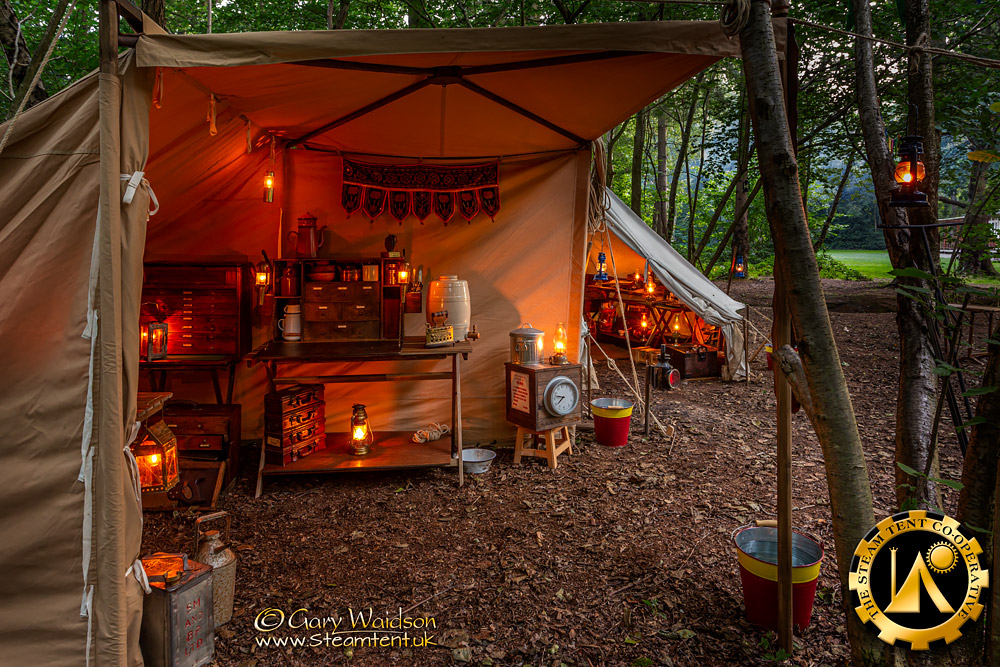
 ...
...